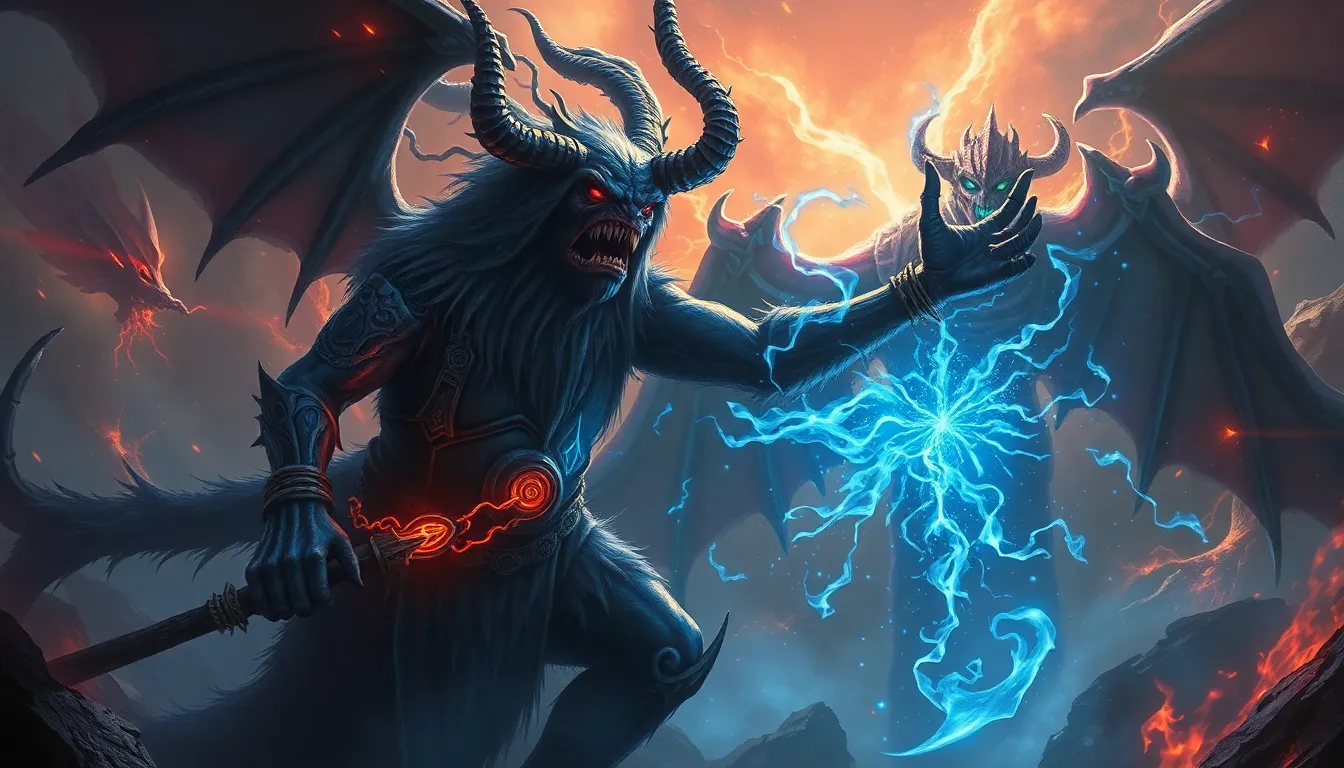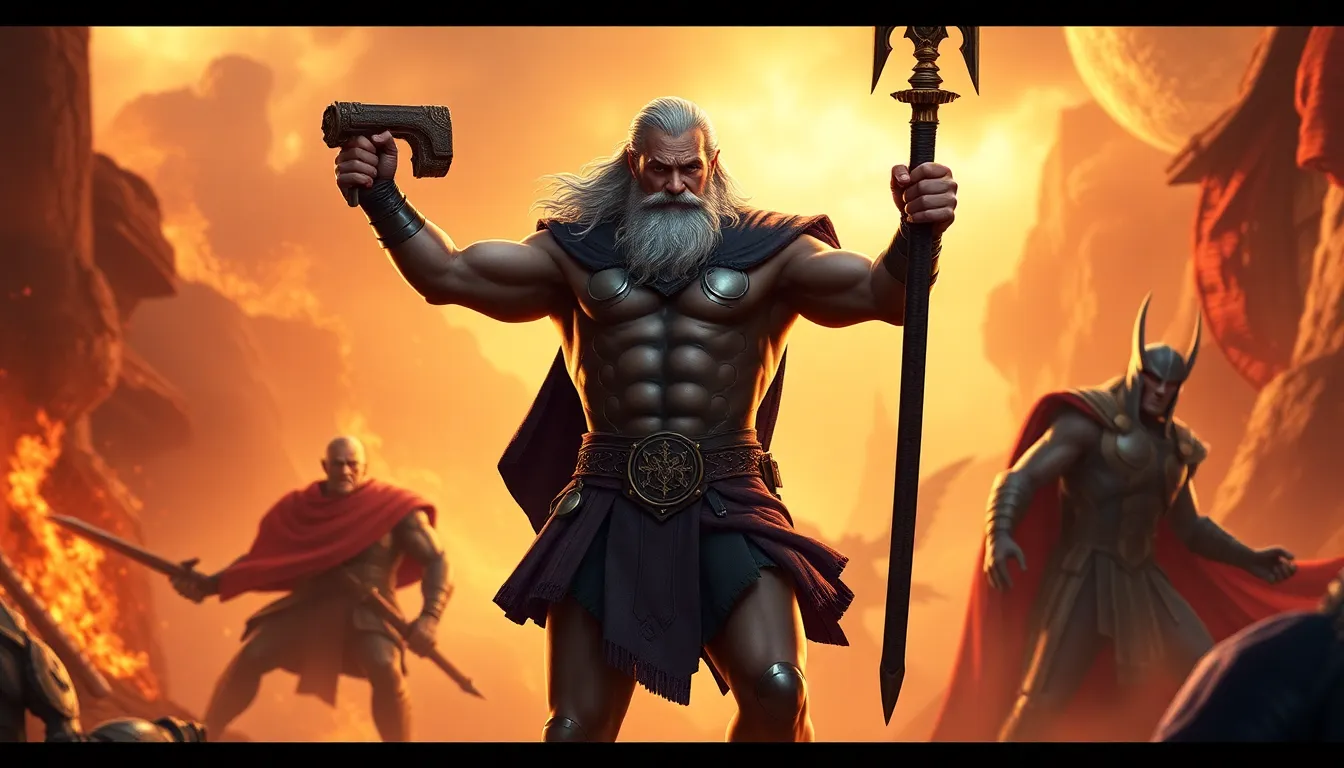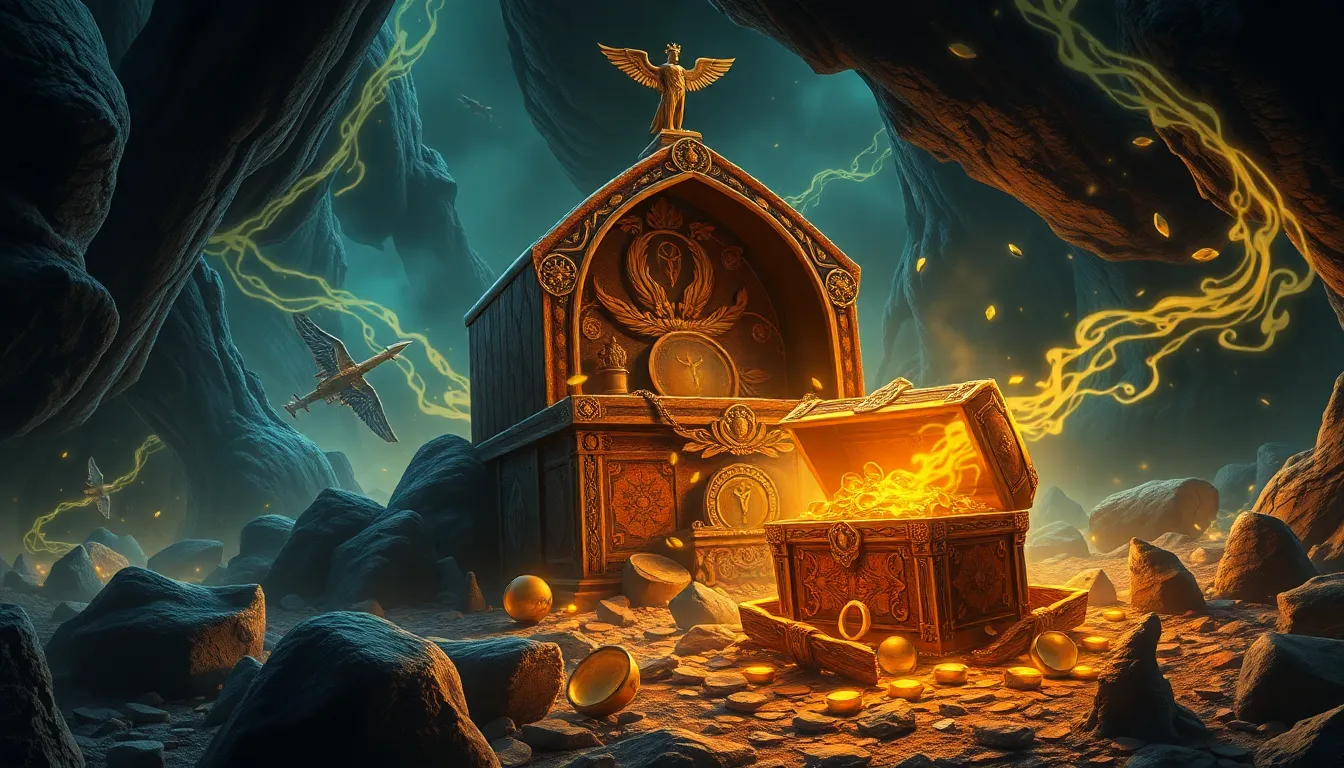Monsters, Magic, and Mayhem: The Most Dangerous Quests in Myth
Introduction to Mythical Quests
Mythology serves as a rich tapestry woven from the narratives of various cultures, reflecting their beliefs, fears, and values. These stories often feature epic quests, which are journeys undertaken by heroes to achieve great feats, confront formidable foes, or discover profound truths. Quests in mythology are not merely adventures; they embody the struggles between good and evil, order and chaos, and the mortal and the divine.
The Nature of Monsters in Myth
Monsters have long inhabited the realms of myth, serving as both adversaries and symbols. Across cultures, these creatures vary widely, from the serpentine dragons of Eastern mythology to the fearsome cyclopes of Greek lore. The nature of these monsters can be categorized into several types:
- Guardians: Creatures that protect sacred spaces or treasures, like the Sphinx.
- Chaos Bringers: Entities that embody chaos and destruction, such as the Leviathan.
- Transformational Beings: Monsters that challenge heroes to grow, like Medusa.
The symbolism of monsters often revolves around fear, chaos, and transformation. They represent the unknown, the obstacles that must be overcome, and the darker aspects of human nature that one must confront during their journey.
Magic as a Catalyst in Mythical Quests
Magic plays a pivotal role in the initiation and resolution of quests. It often serves as the driving force that propels heroes into their adventures or assists them in overcoming challenges. Magical artifacts, imbued with extraordinary powers, are frequently central to these narratives. Some famous magical items include:
- Excalibur: The legendary sword of King Arthur, symbolizing rightful sovereignty.
- The Golden Fleece: A symbol of authority and kingship in Greek mythology.
- The Ring of Gyges: A powerful artifact granting invisibility, exploring themes of morality.
These artifacts not only aid heroes but also often come with their own set of challenges, illustrating the complex relationship between power and responsibility.
Legendary Heroes and Their Dangerous Quests
Throughout mythology, iconic heroes embark on perilous quests that test their strength, wit, and morality. Notable figures include:
- Hercules: Known for his Twelve Labors, Hercules faced monsters like the Nemean Lion and the Hydra, each task designed to challenge his limits.
- Odysseus: His journey home from the Trojan War was fraught with encounters with the Cyclops, Sirens, and other dangers.
- Beowulf: The Geatish hero confronted Grendel, Grendel’s mother, and a dragon, showcasing bravery and sacrifice.
Each of these heroes faced unique perils that not only tested their physical prowess but also their moral fiber and personal growth.
The Role of Divine Intervention
In many myths, the influence of gods and goddesses is crucial in determining the outcomes of quests. Divine beings often provide assistance, guidance, or obstacles, reflecting the belief that fate is intertwined with the will of the gods. Examples include:
- Athena: Aiding Odysseus with wisdom and strategy during his journey.
- Hera: Testing Hercules with challenging tasks as part of his redemption.
- Thor: Receiving Mjölnir, his hammer, through divine blessings, empowering him in battles.
This divine interaction highlights the interplay between human agency and divine will, suggesting that while heroes strive for victory, they are also subject to the whims of greater powers.
Cultural Perspectives on Danger and Heroism
The portrayal of danger and heroism varies significantly across cultures. Different societies embed their values into the myths they create, reflecting their views on bravery, sacrifice, and morality. For example:
- Greek Mythology: Often emphasizes individual heroism and the tragic consequences of hubris.
- Nordic Mythology: Celebrates sacrifice and the inevitability of fate, as seen in the tales of Ragnarök.
- Indian Mythology: Highlights dharma (duty) and the moral complexities faced by heroes like Rama in the Ramayana.
These cultural narratives provide insight into the societal values and existential questions that shape the human experience.
The Psychological Dimensions of Mythical Quests
Mythical quests resonate on a psychological level, offering archetypes and themes that reflect the hero’s journey—a metaphor for personal growth and struggle. Key psychological dimensions include:
- The Call to Adventure: The moment that sets the hero on their path, reflecting the individual’s call to personal growth.
- Trials and Tribulations: The various challenges faced by the hero symbolize internal struggles and external obstacles.
- The Return: The hero’s journey home signifies the integration of new knowledge and experiences into everyday life.
This framework not only provides a structure for understanding mythical narratives but also serves as a guide for personal development in the real world.
Iconic Monsters and Their Quests
Specific monsters often have their own quests that intertwine with those of the heroes. For instance:
- The Minotaur: Residing in the Labyrinth, it represents the struggle against one’s inner demons, ultimately confronted by Theseus.
- The Kraken: A sea monster that embodies the chaos of the unknown, challenging sailors and heroes alike.
- Medusa: A figure of both fear and tragedy, her story reflects themes of victimization and transformation.
The confrontations between heroes and these monsters reveal deeper truths about courage, fear, and the human condition.
The Legacy of Myths: Quests in Modern Media
The influence of ancient quests extends into contemporary literature, film, and video games. Modern adaptations draw upon these timeless themes, creating stories that resonate with contemporary audiences. Examples include:
- The Lord of the Rings: An epic quest reflecting the battle between good and evil, drawing heavily on mythological motifs.
- Video Games: Titles like “God of War” and “The Legend of Zelda” incorporate mythological quests and archetypes in their narratives.
- Movies: Films like “Clash of the Titans” and “Percy Jackson” bring ancient myths to life, introducing them to new generations.
These modern interpretations not only pay homage to their mythological roots but also explore contemporary themes of heroism, identity, and morality.
Conclusion: The Enduring Allure of Dangerous Quests
The myths of dangerous quests continue to captivate us, resonating across cultures and generations. They embody universal themes of danger, magic, and heroism, reflecting our deepest fears and aspirations. As long as humanity seeks meaning in the struggle against adversity, the allure of these mythical narratives will persist, guiding us through our own journeys in life.



